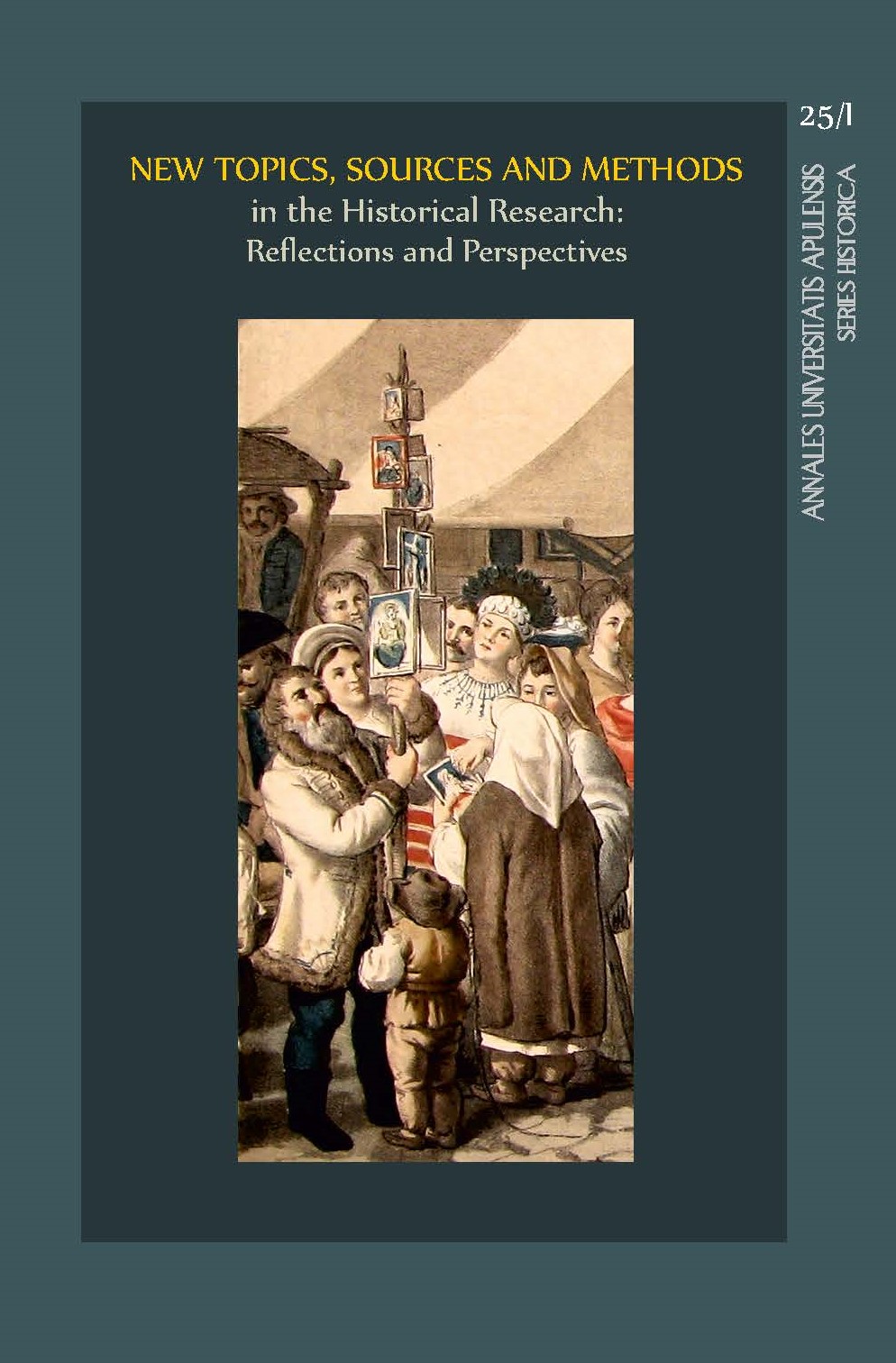Remarks on the Anonymous Collective Sponsorships in Post-Byzantine Epirus (Greece): The Case of an Eighteenth-Century Painting Workshop
Remarks on the Anonymous Collective Sponsorships in Post-Byzantine Epirus (Greece): The Case of an Eighteenth-Century Painting Workshop
Author(s): Katerina Kontopanagou, Vasiliki Koutsou, Foteini TsakmakiSubject(s): History, Cultural history, 15th Century, 16th Century, 17th Century, History of Art
Published by: Editura Mega Print SRL
Keywords: Collective sponsorships; co-operative patronage; Post-Byzantine period; anonymous donors; Epirus; Kapesovite painters;
Summary/Abstract: Co-operative patronage is based on the joint effort of individuals, lay or clerical, couples, families, colleagues, ecclesiastical and military authorities or fellow citizens. Through the donor inscriptions are revealed the different categories of such co-operative patronage in Byzantine and Post-Byzantine society. In the Greek-speaking Post-Byzantine world, such types of anonymous groups of donors and benefactors most often came from a community as a whole, or certain inhabitants of a region, while collective donations by groups of monks were also widespread. The present paper examines the practice of anonymous collective sponsorships in Post-Byzantine Epirus, presenting the surviving monuments from the sixteenth to the seventeenth century and, in detail, the cases of anonymous collective sponsorships in a specific painting workshop of the eighteenth century, that of the so-called Kapesovite painters. In the Post-Byzantine period the special privileges from the Ottomans and the development of trade contributed to Epirus’s cultural development. The tectonic transformations in the residential network of Epirus began in the late sixteenth century and increased after the seventeenth century. During the eighteenth century, the flourishing of Post-Byzantine art is a fact, indicating the gradual rise to prevalence of the parishes and the communities over the monastic establishments and individual donors. The financial and commercial privileges, especially after the treaty of Kucuk Kaynarca (1774), contributed decisively to religious monuments’ construction or renovation. The financial circumstances and the social cohesion of the Orthodox Christians in Epirus favoured the increase of anonymous collective sponsorship in the eighteenth century. The monuments of that period evidence a significant amount of co-operative patronage, in which “anonymity” starred among the donors. The anonymous collective sponsorships indicate the community’s cohesion and the benefactor’s desire to create a legacy for future generations.
Journal: Annales Universitatis Apulensis Series Historica
- Issue Year: 25/2021
- Issue No: 1
- Page Range: 57-75
- Page Count: 19
- Language: English

